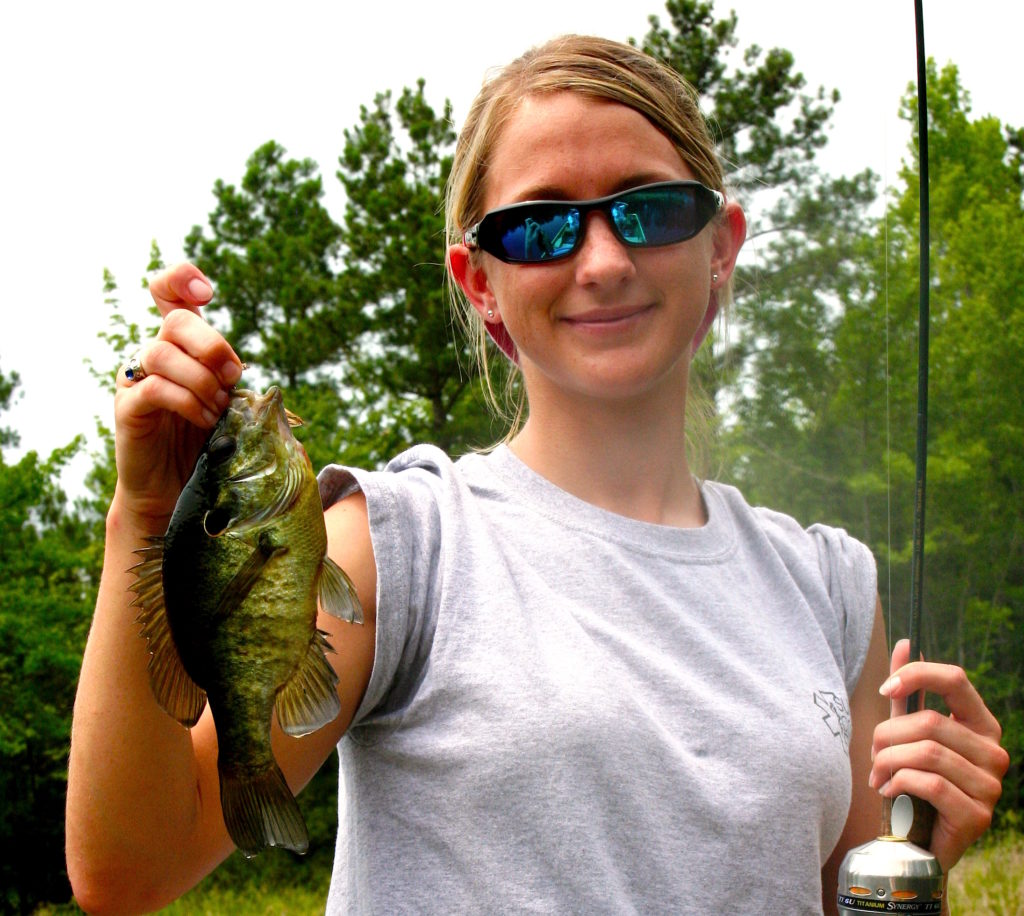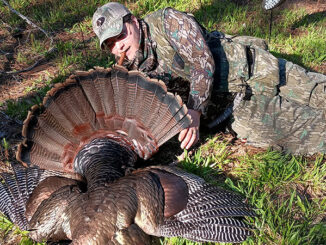
Redear sunfish are more commonly known as shellcracker
Redear sunfish (Lepomis microlophus), commonly referred to as shellcrackers, are a species of panfish and have the typical panfish body. The body is longer than it is tall, and is relatively thin. Holding your hand with the thumb facing up and pinkie finger facing down offers a glimpse at the overall shape of a shellcracker.
These fish vary widely in color based on the waters they live in. But shellcrackers usually have a good bit of yellow on their sides with darker backs.
The name redear sunfish come from the red ring that outlines the fish’s black ear flap, or operculum. The ring is sometimes bright yellow or orange. It’s more recognizable name, shellcracker comes from the fish’s habit of eating snails and mussels and cracking their shells with its set of teeth located in the throat.
Aside from snails and mussels, shellcrackers also eat worms, insects, small crawdads and tiny insect larvae. They mainly feed along the bottom, and are often found by anglers in the same areas as bluegill and other panfish, but deeper in the water column.
Another common nickname for this fish also comes from its feeding habits. Known by some anglers as stumpknockers, this fish is known for ramming itself into submerged stumps and vegetation to knock potential food free of the structures. The fish are also known as chinquapin and yellow bream.
Spawning rituals are similar to other panfish
Shellcrackers begin spawning in the late spring or early summer once the water temperature reaches 70 degrees. They spawn in circular nests, known as beds, that can be as shallow as 6 inches and as deep as 10 feet. These fish usually build beds in huge groups that can number anywhere from a few dozen to more than a hundred. Their beds are sometimes located directly beside or even intermingled with bluegill beds and the beds of other panfish.
Shellcrackers can be found in many different water types throughout the United States. They are common in ponds, lakes, swamps, streams and small rivers. They prefer calmer areas, and are easily found in swift rivers by finding areas with current breaks.
While many anglers catch shellcrackers only in shallow water, these fish spend much of their lives in very deep water, moving shallow only when it’s time to spawn.
Several other panfish look similar to shellcrackers
Anglers sometimes misidentify shellcrackers with a number of other panfish, including bluegills, redbreasts, green sunfish, and pumpkinseeds. Pumpkinseeds are the most similar to shellcrackers, and it’s not uncommon for the two species to spawn together, creating hybrid offspring.
Travis Jackson caught the North Carolina state record shellcracker in May of 2008. Jackson was fishing with a worm in Edgecomb County when he caught the fish. The shellcracker weighed 4 pounds, 15 ounces.
South Carolina’s state record shellcracker weighed 5 pounds, 7.5 ounces. Amos Gray caught it in the Diversion Canal in 1998.
The world record shellcracker came out of Lake Havasu Arizona in February 2014. It weighed 5 pounds, 12 ounces, and was caught by Hector Brito.





Be the first to comment